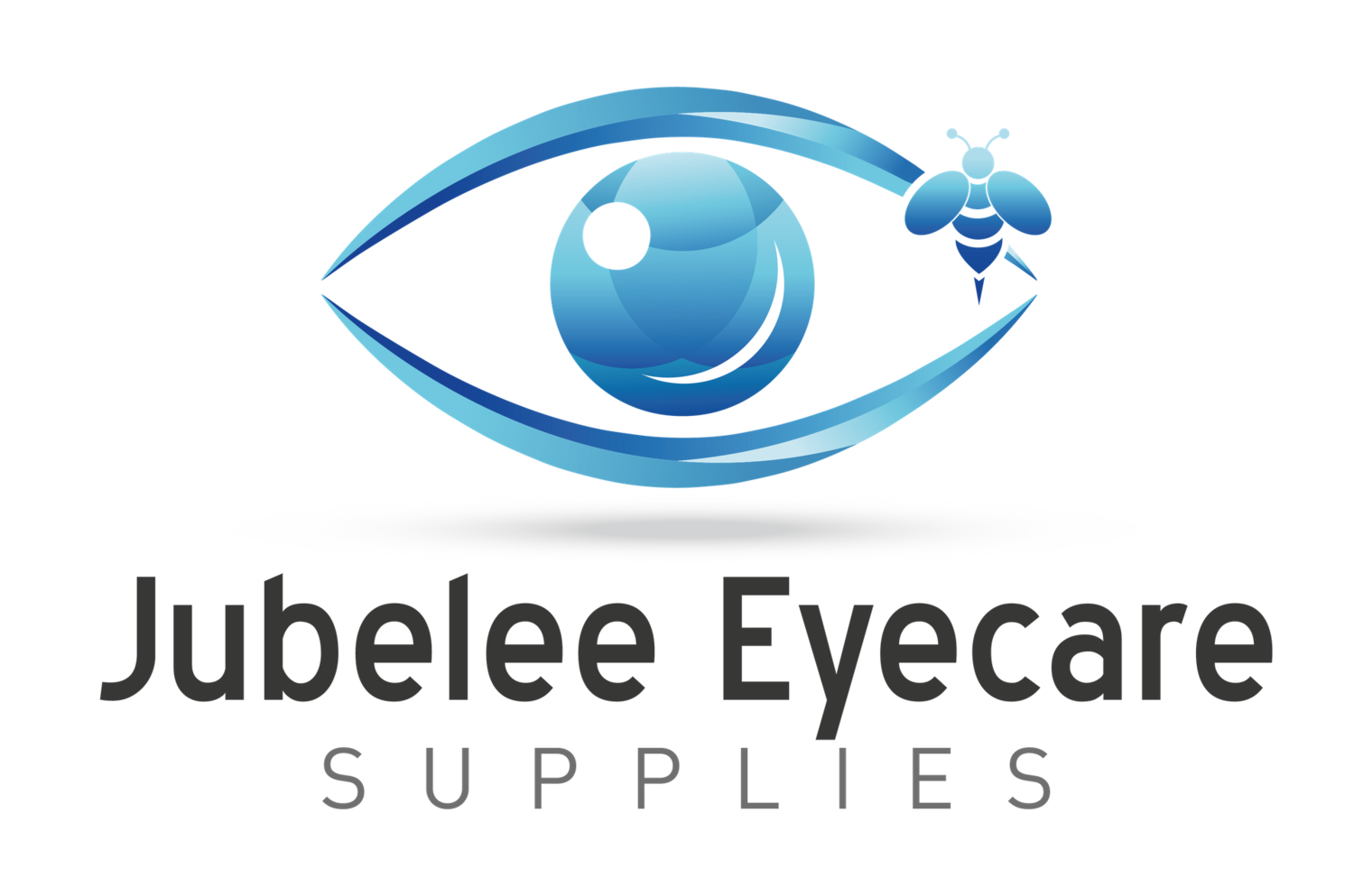Randomised controlled trial of topical antibacterial Manuka (Leptospermum species) honey for evaporative dry eye due to meibomian gland dysfunction
Clinical and Experiential Optometry (June 2017)
Julie M Albietz, Katrina L Schmid
Abstract
Background
The aim was to evaluate the efficacy of standardised Manuka (Leptospermum species) antibacterial honey as adjunctive twice daily treatment to conventional therapy (warm compresses, lid massage and preservative‐free lubricant), in participants with evaporative dry eye due to moderate to advanced meibomian gland dysfunction.
Methods
This prospective, open‐label study involved 114 participants. After two weeks of conventional therapy participants were randomised to one of three treatment groups: Optimel Antibacterial Manuka Eye Gel (98 per cent Leptospermum species honey) plus conventional therapy (n = 37), Optimel Manuka plus Lubricant Eye Drops (16 per cent Leptospermum species honey) plus conventional therapy (n = 37) and a control (conventional therapy) (n = 40). Clinical evaluations performed at baseline and Week 8 included: symptom scores (Ocular Surface Disease Index, Ocular Comfort Index), daily lubricant use, tear assessments (break‐up time, secretion, osmolarity and InflammaDry ), corneal sensation, ocular surface staining, meibomian gland secretion quality and expressibility, bulbar conjunctival, limbal and lid marginal redness and eyelid marginal bacterial cultures and colony counts.
Results
Significant improvements (p ≤ 0.05) occurred at Week 8 in symptoms, tear break‐up time, staining, tear osmolarity, meibum quality and bulbar, limbal and lid margin redness for all treatments. Improvement in staining was significantly greater with Optimel 16 per cent drops (p = 0.035). Significant improvements (p < 0.05) in meibomian gland expressibility and InflammaDry occurred for both Optimel treatments. Optimel 98 per cent gel was significantly more effective in improving meibum quality (p = 0.005) and gland expressibility (p = 0.042). Total eyelid marginal bacterial colony counts reduced significantly with Optimel 16 per cent drops (p = 0.03) but not the other treatments. Staphylococcus epidermidis counts reduced significantly with Optimel 16 per cent drops (p = 0.041) and Optimel 98 per cent gel (p = 0.027). Both Optimel treatments significantly reduced the need for lubricants, with Optimel 16 per cent drops decreasing lubricant use most (p = 0.001). Temporary redness and stinging were the only adverse effects of Optimel use.
Conclusions
Optimel antibacterial honey treatments are effective as adjunctive therapies for meibomian gland dysfunction.

